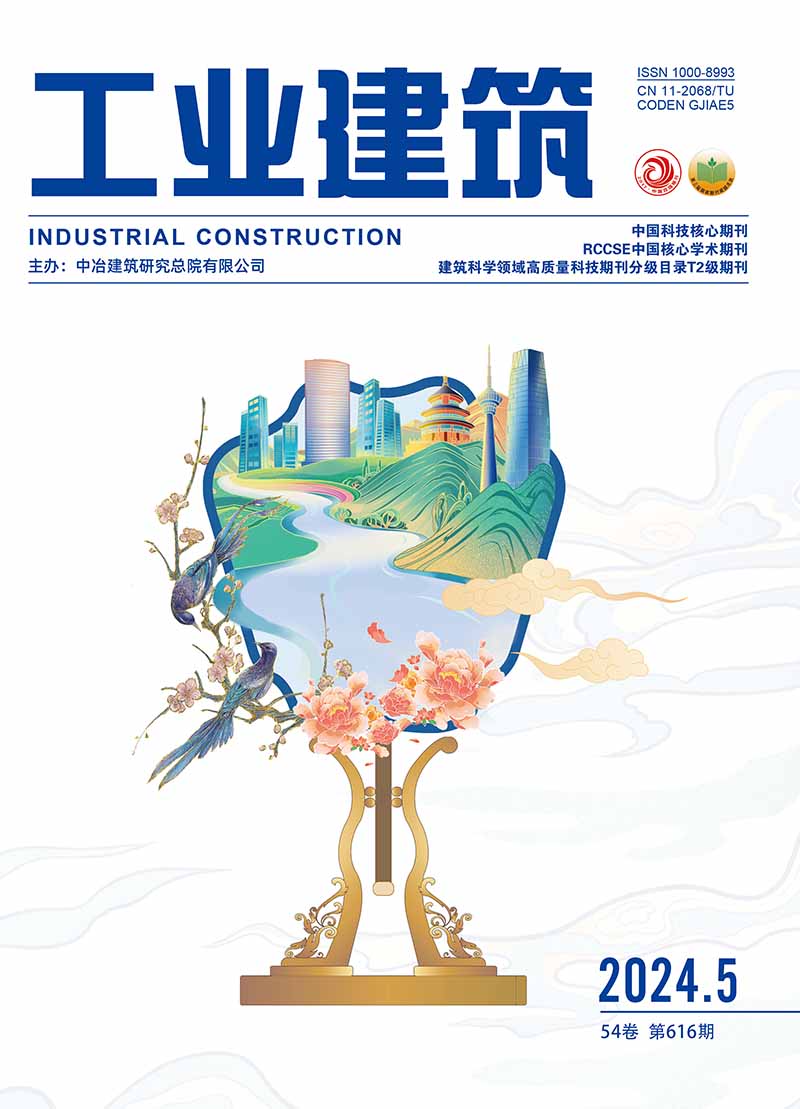| [1] |
孙钧.国内外城市地下空间资源开发利用的发展和问题[J].隧道建设(中英文), 2019, 39(5): 699-709.
|
| [2] |
黄强兵, 彭建兵, 王飞永, 等. 特殊地质城市地下空间开发利用面临的问题与挑战[J]. 地学前缘, 2019, 26(3): 85-94.
|
| [3] |
陈湘生, 付艳斌, 陈曦,等. 地下空间施工技术进展及数智化技术现状[J].中国公路学报, 2022, 35(1): 1-12.
|
| [4] |
周建晶. 基于BIM的装配式建筑精益建造研究[J]. 建筑经济, 2021, 42(3): 41-46.
|
| [5] |
崔力文. 精益建造理论在建筑施工现场管理中的应用研究[D]. 西安:西安建筑科技大学, 2017.
|
| [6] |
郑旭辉. 基于BIM的精益建造管理模式研究[D]. 徐州:中国矿业大学, 2018.
|
| [7] |
吴松飞. 集成本体与自然语言处理的BIM建筑施工过程安全风险检查研究[D]. 广州:华南理工大学, 2018.
|
| [8] |
KOSKELA L. Application of the new production philosophy to construction:CIFE technical report:72[R].USA: Stanford University,1992.
|
| [9] |
徐奇升, 苏振民, 王先华. 基于BIM的精益建造关键技术集成实现与优势分析[J]. 科技管理研究, 2012, 32(7): 104-108
,117.
|
| [10] |
何清华, 王剑锋. BIM技术与精益建造技术在IPD模式中的应用研究[J]. 工程管理学报, 2018, 32(2):7-11.
|
| [11] |
杨杰, 程大煜. 精益建造视角下建设安全管理探究[J]. 建筑经济, 2019, 40(8): 60-64.
|
| [12] |
夏晓辉, 苏振民, 金少军. 精益建造体系下的施工生产计划与控制研究[J]. 建筑经济,2018,39(12):26-30.
|
| [13] |
申金山, 华元璞, 袁鸣. 装配式建筑精益成本管理研究[J]. 建筑经济, 2019, 40(3): 45-49.
|
| [14] |
JUNG Y, JOO M. Building information modelling (BIM) framework for practical implementation[J]. Automation in Construction, 2011, 20(2): 126-133.
|
| [15] |
郭红领, 叶啸天, 任琦鹏, 等. 基于BIM和规则推理的施工进度计划自动编排[J].清华大学学报(自然科学版),2022,62(2):189-198.
|
| [16] |
胡梦佳. 基于BIM云平台的精益建造项目进度管理研究[D].郑州:郑州大学,2020.
|
| [17] |
刘占省, 汤红玲, 王泽强, 等. 建筑信息建模技术在长沙国际会展中心营建中的应用[J]. 工业建筑, 2016, 46(9): 179-183
,107.
|
| [18] |
刘喆. 基于设计BIM模型和本体技术的建设工程自动成本预算[D].北京:清华大学,2019.
|
| [19] |
陈贵涛. 基于BIM和本体的建筑运维管理研究[J]. 工业建筑, 2018, 48(2): 29-34.
|
| [20] |
LEE S K, KIM K R, YU J H. BIM and ontology-based approach for building cost estimation[J]. Automation in Construction, 2014, 41: 96-105.
|
| [21] |
刘平, 金学强, 许家铭, 等. 基于本体的地铁车站施工安全风险知识自动化识别[J]. 中国安全生产科学技术, 2023, 19(8): 12-18.
|
| [22] |
胡亚飞, 苏振民. 施工安全知识本体在施工现场安全监控系统中的应用研究[J]. 现代电子技术, 2018, 41(9): 91-95.
|
| [23] |
ZHONG B, GAN C, LUO H, et al. Ontology-based framework for building environmental monitoring and compliance checking under BIM environment[J]. Building and Environment, 2018, 141: 127-142.
|
| [24] |
曹新颖, 孟凡凡, 李小冬. 基于精益管理的装配式建造过程返工风险智能识别[J]. 清华大学学报(自然科学版), 2023, 63(2): 201-209.
|
| [25] |
LEE D Y, CHI H, WANG J, et al. A linked data system framework for sharing construction defect information using ontologies and BIM environments[J]. Automation in Construction, 2016, 68: 102-113.
|
| [26] |
WANG M. Ontology-based modelling of lifecycle underground utility information to support operation and maintenance[J/OL]. Automation in construction, 2021[2024-01-28].https://doi.org/10.1016/j.autcon.2021.103933.
|


 Login
Login Register
Register E-alert
E-alert







 DownLoad:
DownLoad: